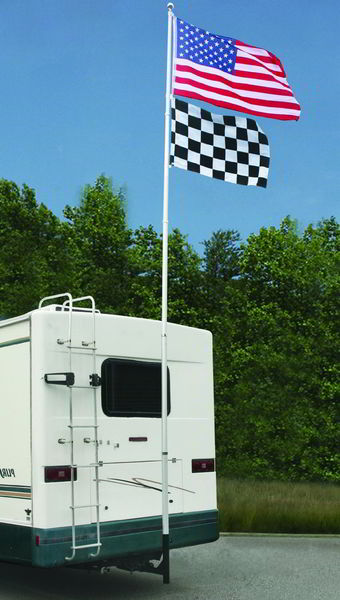CoRoMo
Member
Let not your heart be troubled, I've been following the thread with interest.

 I hunt, and with great success.
I hunt, and with great success. 
I'm going to go back to this initial idea as illustrated by jmorris. I think I've rounded up enough hose that I can do this. But as I had mentioned, getting up to height, down in the range is really the only obstacle. I'll post the measurement if I'm successful.The only thing I'd come up with was a water column level, but that would require many dozens of yards of tubing
No... because... wind.Maybe get a helium balloon
Hope you've learned to read!Hope you don't hunt.
 I hunt, and with great success.
I hunt, and with great success. Sort of, but not really. When I talk to people about my personal gun range, they simply ask questions; "How far out can you shoot?", "Do you have steel targets?", "Do you have a pistol range?" "You need to set up a trap field.", "How tall is that dam?", etc. So when I'm asked, I've always said the dam is probably 20 feet high or so but I don't really know. Their obvious response is often, "You oughta measure it so you know!", hence this endeavor. It's been asked enough times that now I'm curious myself.I am going to assume the reason why he needs to do this ... is to prove that he is shooting in a saFe manner
Me too. Our gun club's rifle range shoots into a nice, tall backstop (outdoors). On the other side of that backstop? Yep, a US Highway.I have seen bullet holes in the ceiling at ... outdoor ranges...



